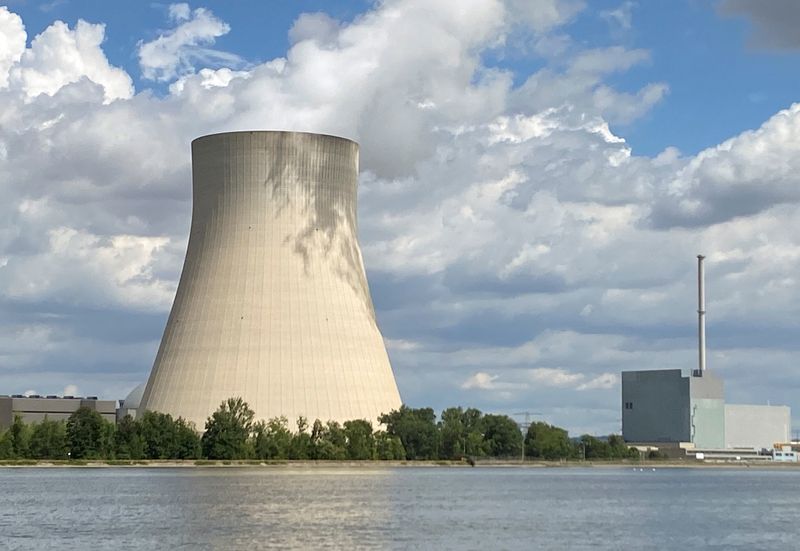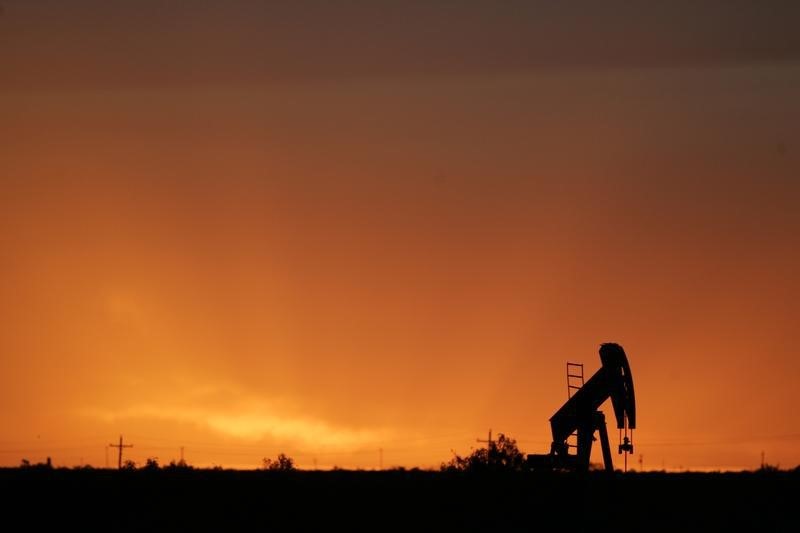(Reuters) - Amid renewed interest in nuclear power, governments across Europe and Asia are extending their aging fleet of nuclear plants, restarting reactors and dusting off plans for projects shelved after the 2011 nuclear crisis in Fukushima, Japan.
Countries are looking at ways to boost electricity output after the war in Ukraine that started in February caused fossil fuel prices to soar.
Here is a summary of some key developments:
ASIA-PACIFIC
JAPAN * Public opinion has been hostile towards nuclear powersince the 2011 Fukushima incident, but the mood has shifted duein part to a recent power shortage as the hottest June on recordprompted a surge in electricity demand, while soaring energyprices have boosted utility bills. * Japan hopes to restart up to nine more nuclear reactors intime to avert any power crunch over the winter, said IndustryMinister Koichi Hagiuda, a week after the pro-nuclear rulingparty won a resounding victory in upper house elections in earlyJuly. * As of July 25, Japan has seven operating reactors with acapacity of 7,080 megawatt (MW), while three others are offlinedue to maintenance. Many others are still going through arelicensing process under stricter safety standards imposedafter the Fukushima disaster. * In the financial year to March 2021, nuclear accounted for3.9% of Japan's power mix, but the government still aims toboost it to as much as 22% by 2030.
SOUTH KOREA * President Yoon Suk-yeol reversed the previousadministration's plan to phase out nuclear energy and pledged toboost investment in the industry and revive its status as a keyexporter of safe reactors. * South Korea plans to increase the contribution of nuclearpower in the country's energy mix to 30% or more by 2030 from27% in 2021, the industry ministry said, pledging to resumeconstruction of two reactors - Shin Hanul 3 and 4. * South Korea has 24 nuclear reactors in operation and hasfour more units under construction which will be completed soon.
CHINA * China is the world's third-largest nuclear power producerin terms of installed capacity after the United States andFrance. * As of 2021, mainland China operated 53 reactors, with atotal capacity of 54.65 gigawatt (GW), slightly behind aninitial goal of 58 GW by 2020 as project approvals slowed afterFukushima. * In 2020, China said it will build six to eight nuclearreactors a year between 2020-2025 and raise total capacity to 70GW. * In the first six months of 2022, China added another 2.28GW of capacity. * Beijing approved three new nuclear power generatorprojects earlier this year.
INDIA * In India, nuclear power generation constitutes 3% ofgeneration capacity. The sector has been hobbled by lack offoreign investment and opposition from critics over safetyissues, counteracting plans to phase out coal-fired generationamid a crippling power crisis.
PHILIPPINES * Former President Rodrigo Duterte signed an executive orderto include nuclear power in the country's energy mix, asauthorities prepare for the phasing out of coal-fired powerplants and after earlier efforts had failed due to safetyconcerns. * Current President Ferdinand Marcos Jr indicated that hewas open to adding nuclear power to the mix of the country'senergy sources, a plan started by his late father in the 1960s,alongside boosting investments into renewable energy.
VIETNAM * Minister of Industry and Trade Nguyen Hong Dien told thenational assembly in May developing nuclear power is an"inevitable trend" around the world, signalling that authoritiesmay be considering resuming a plan to construct nuclear powerplants. * The programme, to build the country's first two plantswith combined capacity of 4 GW in the central province of NinhThuan, was shelved in 2016 after Fukushima. The government hadchosen Russia's Rosatom and Japan Atomic Power for the projects.
EUROPE
FRANCE * The French government is in the process of taking fullcontrol of power group Electricite de France SA (EPA:EDF), in a buyoutdeal that gives it a free hand to run Europe's biggest nuclearpower operator.
UNITED KINGDOM * In the U.K., the British government in July gave consentfor the planned Sizewell C nuclear plant to be built insoutheast England. The 3.2 GW plant is majority-owned by EDF.EDF said discussions are ongoing with the government overfunding for the project and it expects to take a finalinvestment decision in 2023.
GERMANY * Germany may extend the life of its three remaining nuclearpower plants, according to the economy ministry, as publicsupport rises in the face of a possible cut-off of Russian gas.The three plants made up 6% of Germany's power production in thefirst quarter of 2022.
BELGIUM * Belgium has reached an initial accord with French utilitygroup Engie to extend the use of nuclear power by 10 years afterRussia's invasion of Ukraine forced the government to rethinkplans to rely more on natural gas.
FINLAND * Finnish-led consortium Fennovoima said in May it hadscrapped a contract for Russia's state-owned Rosatom to build anuclear power plant in Finland.
NORTH AMERICA
UNITED STATES * The United States has more reactors than any othercountry, but the number has fallen to 92 from 104 ten years agodue to rising security costs and competition from renewableenergy and plentiful natural gas. * Policymakers are struggling to keep many reactors open.The latest shut was the 800 MW Palisades plant in Michigan inMay despite efforts by the Biden administration to keep it openwith a $6 billion subsidy plan known as the Civil Nuclear Credit(CNC) program. It is uncertain whether the CNC, which aims toprioritize aid to plants that previously announced plans toshut, will help save California's 2,200 MW Diablo Canyon plantset to fully close in 2025. * A deal in the U.S. Senate announced on July 27 could sparkboth traditional and advanced nuclear power if President JoeBiden’s fellow Democrats pass it in Congress. The deal containsa “zero-emissions” production tax credit for some existingnuclear power plants as a carbon-free source of electricity. Italso contains about $700 million for making fuel for advancednuclear reactors, fuel that's typically made in Russia.
Nuclear reactors and projects
Country No. of Nuclear share Reactors under
operable of power construction(O
reactors generation(%) utput in
(Output in megawatt
megawatt electrical
electrical (MWe))
(MWe))
Japan 33 (31,679) 7.2 2 (2,653)
South Korea 25 (24,431) 28.0 4 (5,360)
China 51 (52,150) 5.0 20 (20,600)
India 22 (6,795) 3.2 7 (5,194)
Germany 3 (4,055) 11.9 0 (0)
France 56 (61,360) 69.0 1 (1,630)
U.K. 10 (6,368) 14.8 2 (3,260)
U.S.A 92 (94,718) 19.6 2 (2,234)
56

Global 440 (394,312) N/A (57,666)
Source: World Nuclear Performance Report 2022 - World Nuclear Association
